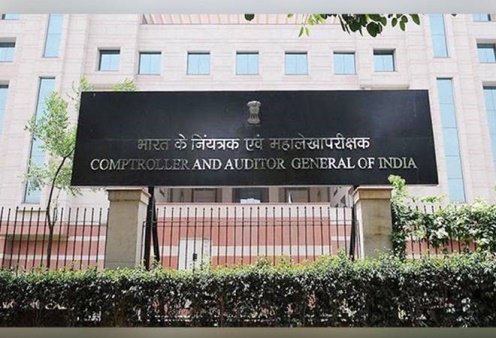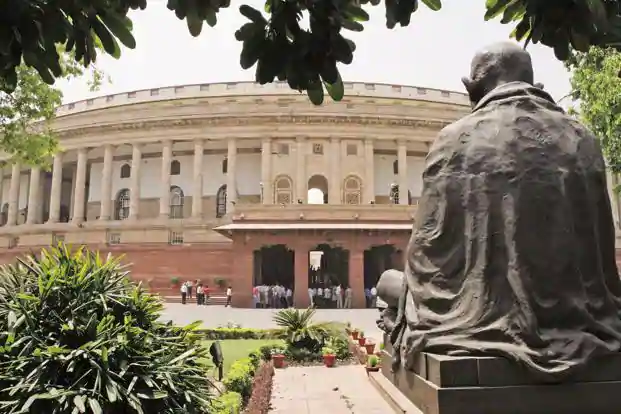All the countries in the world follow three types of Government, i.e. 1. Federal System 2. Unitary system 3. Confederal System
In this system power is divided into center and state. According to constitution some power is with the state government and some power is with the central government.structure of Indian Govt, In order to settle some major issues central and state govt. has some common powers. E.g. Smoking, driving, age limit, etc.
It means in the view of authority both have some authority and control, i.e. the USA, Australia, India, etc.
In this system, the structure of Indian govt. has all the powers and authority. Central Govt Imposed the Laws to the Public. E.g. China.
In this system, power is distributed among the central govt. and state govt. If the state has the power and authority to guide their citizen they will be independent states. It means states and their citizens have a choice whether to follow the central govt. or not. E.g. Soviet Union.
Indian follows the federal system, in which both central govt. and state govt. have their own authority and power.
Govt. Of India/Central govt.

Basically structure of Indian govt. is divided into three major parts. i.e.
I. Legislature II. Executive III. Judiciary.
Indian Legislature is also known as the parliament of India. It follows the Bicameral parliament system, in which parliament constituted into two houses. I.e. Upper House (Rajyasabha) and Lower House (Loksabha).
Loksabha is popularly known as the Council of people, where people of India elect their respective representatives to the center. They are the Member of Parliament or MP. They basically represent the people in parliament.
Rajya sabha is popularly known as the Council of States, where MLAs elect their representatives into the Upper House. They are basically representing the states in the parliament.
In the Indian Parliament, both States and the people of India have their own respective places. MPs took the problems in the parliament and discuss the key issues and make laws for the people for a better and convenient life.
Parliament has the responsibility to understand the problems of the people of India & make laws to solve these problems.
The responsibility of Executives is to execute the laws made by the parliament. It means to follow the laws and take actions. There are two types of Executives in India. I.e. Political & Permanent.
Prime Minister, President & all ministers come under Political Executives. E.g. Finance minister, Health minister, etc. MPs elect them; because they have to show their responsibility towards Legislature.
They have to answerable in the parliament for the actions taken by them. Political Executives have temporary powers. All the powers have taken with the change of govt.
IAS, IPS, IFS, IRS, etc. come under the permanent Executives, whom we see in the govt. offices. They have permanent jobs and they have also the responsibility to execute the laws and policies made by the legislature.
Comptroller and Auditor General of India

There is another National body in the permanent Executive, who has the power to control the permanent Executives from Corruption and illegal activities i.e. CAG (Comptroller and Audit General of India). CAG checks and audits the Accounts of the Executives to prevent illegal activities.
Judiciary basically represents the Supreme Court of India. The responsibility of the Supreme Court is to resolve the conflicts among the legislature and the Executives and also to give judgment on Public matters.
Structure of State Government
The Structure of State Govt. is much similar to the Central govt. But some powers are different. E.g. as PM, President are the Executives in Center likewise CM, Governor are the Executives in States.
Chief Minister is the head of the state legislature. The state legislature has the power to make laws for their people, which parliament can’t make i.e. Police, Prison, irrigation, Agriculture, etc.
As the central legislature has two houses, likewise State Legislature has two houses. I.e. Upper House (Vidhan Parisad) and Lower House (Vidhan Sabha).
The Power of Vidhan Sabha is similar to Loksabha & Vidhan Parisad is similar to Rajya Sabha.

The members of Vidhan Sabha are called as MLAs (Member of Legislative Assembly), who are directly elected by the people of their respective constituency. They have the responsibility to find out the problems of their people and to take necessary actions to irradicate them.
The members of Vidhan Parisad are called as MLCs (Member of Legislative Council), who are indirectly elected by the people & local bodies. The responsibility of MLCs is to review the bill passed by the Vidhan Sabha.
Structure of Union Territories
As the states have their own separate govt. But Union territories don’t have their own govt. Union Territories directly controlled by the Central Govt. There are 9 Union territories in India. I.e. Delhi, Pondicherry, Daman & Diu, Dadra & Nagar, Chandigarh, Lakshadweep, Andaman & Nicobar Islands, Jammu & Kashmir and Ladakh.
Delhi & Pondicherry are partially considered as States, because of some functions are similar as compared to States like they have their own legislative Assembly, which is headed by CM, but some of the Authority lies in the hands of Central Govt. Like Police, Health, Law & Order, etc.
In order to have a better & effective administration,the President of India appoint IAS or MPs in other Union Territories.


Comments are closed.